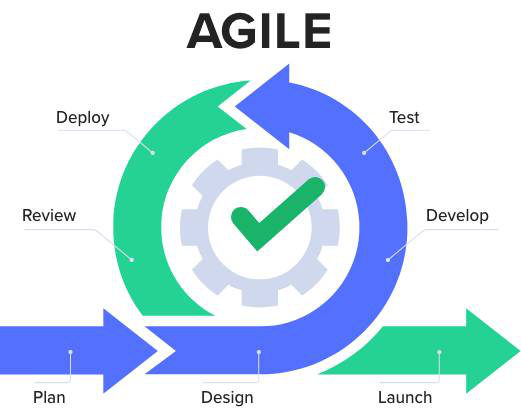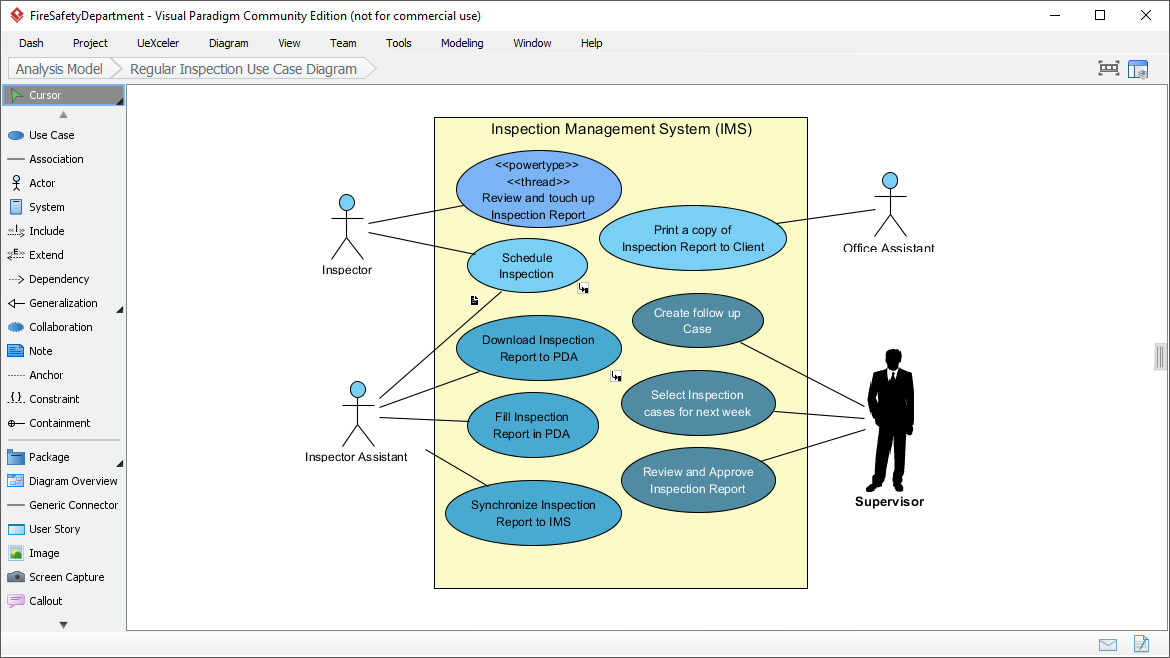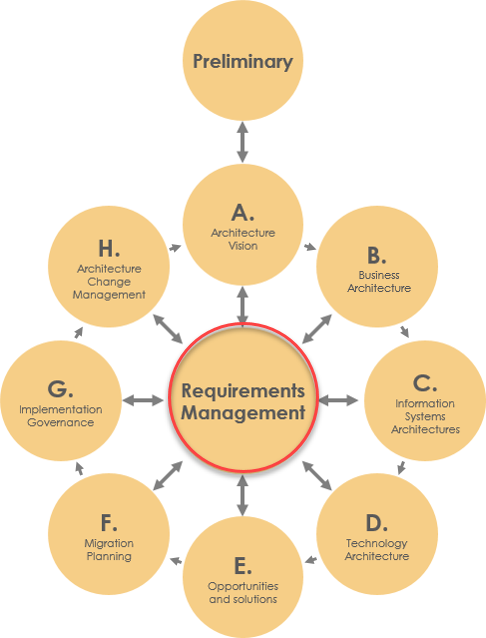Comprehensive Guide to Data Flow Diagrams in Software Engineering
Introduction Navigating the intricate landscape of software engineering demands tools that can distill complexity into clarity. Among these tools, Data Flow Diagrams (DFDs) stand as pillars, offering a visual roadmap for understanding the flow of information within a system. In this comprehensive guide, we will embark on a journey through the fundamentals, principles, and structured levels of DFDs to empower you with the skills needed to wield this indispensable instrument in software design. Unveiling the Essence of DFDs At its core, a Data Flow Diagram is a graphical representation that captures the movement…continue reading →




